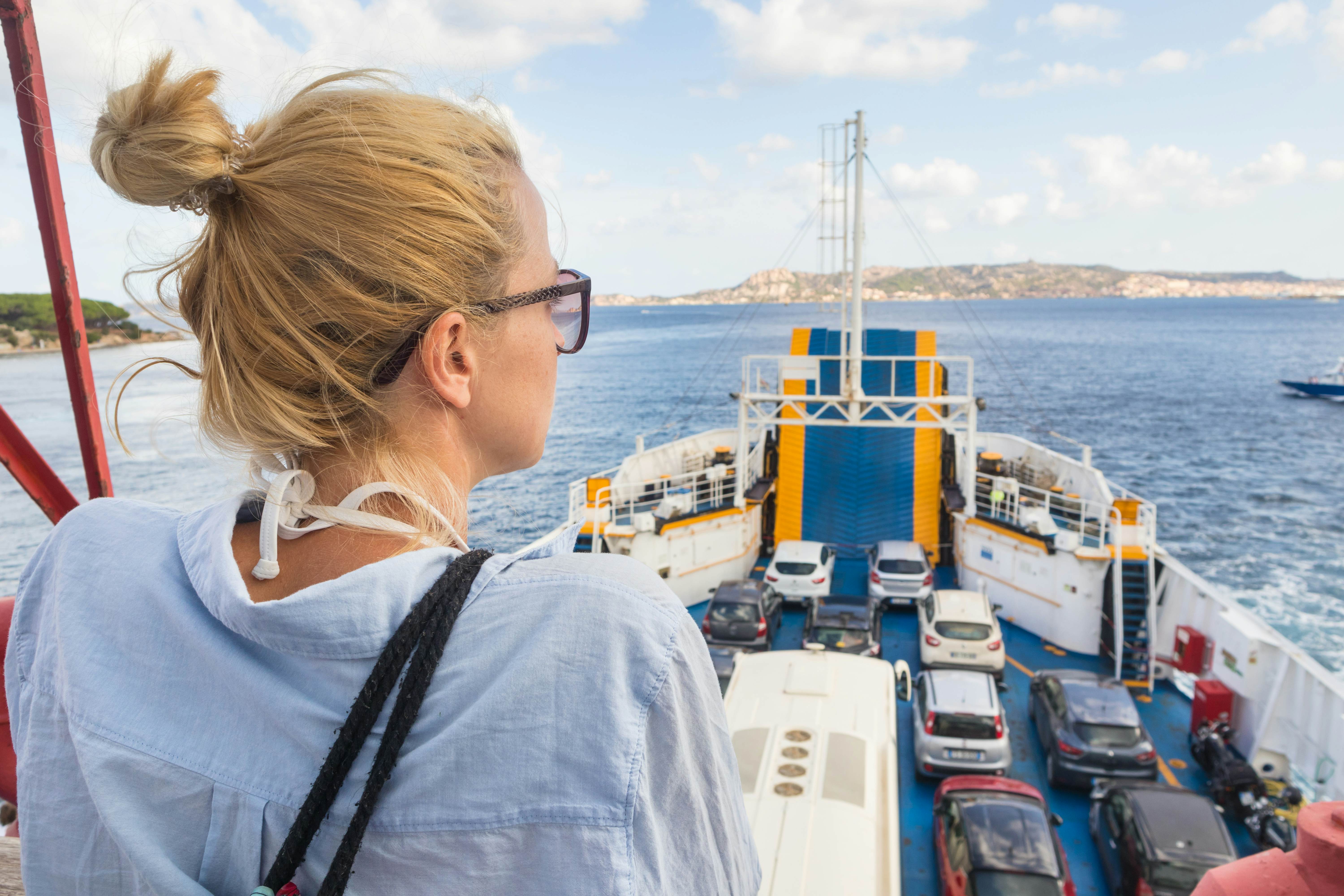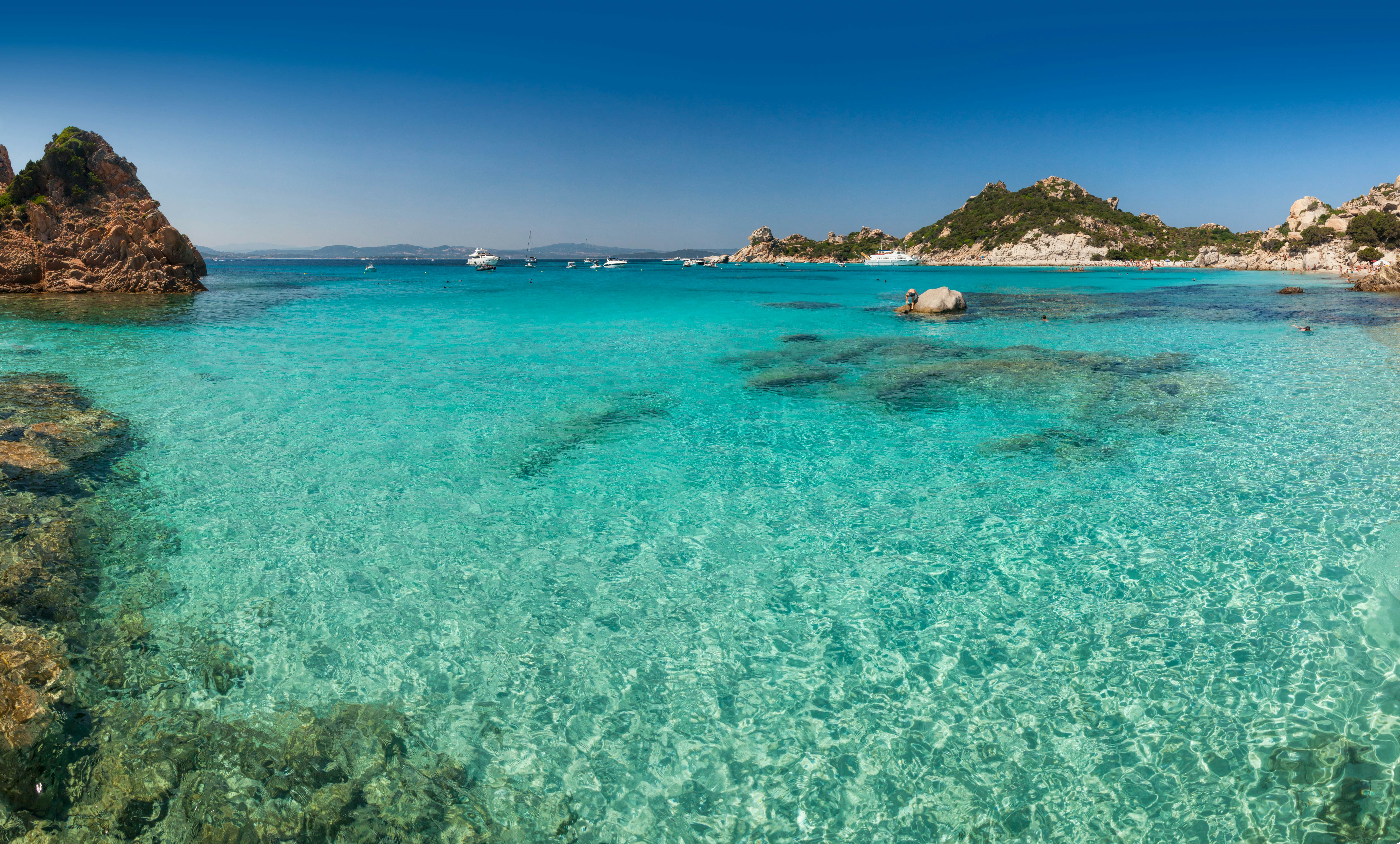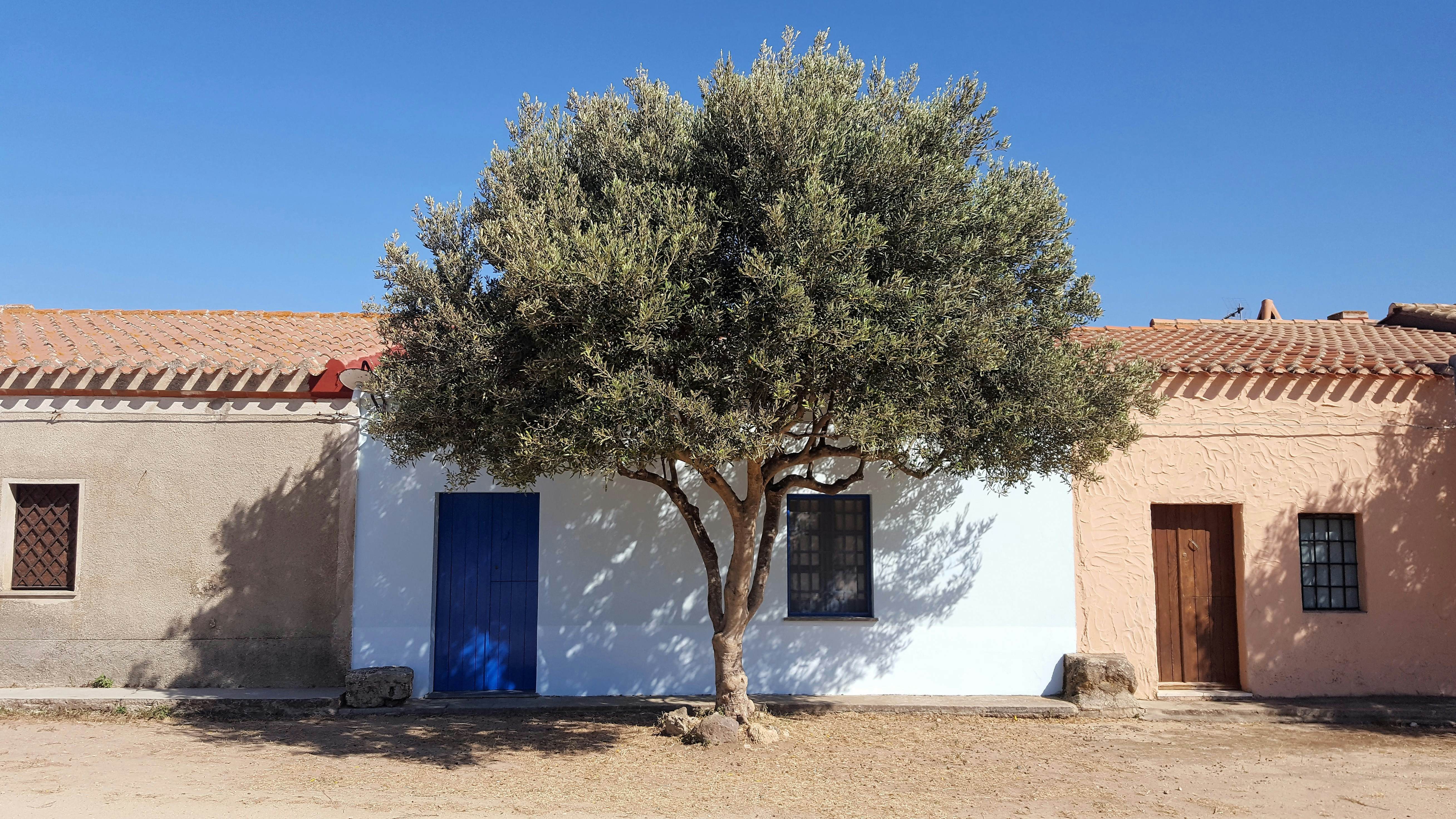Top tips for enjoying Sardinia on a budget
6 min readEmbarking on a trip to Sardinia doesn’t have to break the bank. The Mediterranean island off Italy’s western coast is famously home to the glamorous Costa Smeralda – a favorite destination among film stars, politicians and oligarchs known for its high-end resorts, exclusive clubs and yacht-dotted waters – but thinking that splurging on an opulent holiday is the only way to experience Sardinia would be a mistake.
Don’t let the paparazzi fool you: VIP living is far from the norm here, and there is much to be discovered beyond the glitz. Better yet, it can all be done on a budget. While Sardinia’s popularity and prices have grown in recent years, touring the island can still be affordable if you plan it right. Here’s how to explore Sardinia on a budget.
Daily costs
- Hostel room: €15–25
- Basic room for two: €50–80
- Agriturismo (farm stay): €70–110
- Self-catering apartment (including Airbnb): €80–120
- Bike rental: €10–25
- Espresso coffee: €1.20
- Pizza: €6–9
- Dinner for two: €60
- Beer at the bar: €5
- Average daily cost: €130–180
The season makes all the difference
As obvious as it may sound, traveling outside the peak tourist season is the easiest way to save money. This is especially true in Sardinia, where prices skyrocket in July and August. Most Italians will take their annual leave at this time of the year, and the cost of accommodation, car rental and ferry transport can double as demand increases.
Choosing to travel before or after July and August is a sure way to cut costs and avoid crowds clogging up the more popular beaches. Luckily, Sardinia’s weather is pleasant most of the year, allowing for a dip in the ocean as early as May and as late as October.
Look for low-cost flights in secondary airports
Cagliari is Sardinia’s main entry point, with daily flights to most major Italian cities. But it’s not Sardinia’s only airport. In fact, the best deals are often found when looking for flights to the island’s two other airports, Alghero and Olbia. Ryanair, EasyJet, WizzAir and Volotea all offer frequent connections to the islands, with great deals available to those who book well in advance. A one-way flight from Pisa to Alghero purchased two months before departure can cost under €30.

Consider taking the ferry
Flying is not the only way to reach Sardinia. Slow travelers will enjoy crossing the Tyrrhenian Sea on a ship (approximately 13 hours) departing from Genoa, Livorno, Piombino, Civitavecchia, Naples or Palermo. Passenger tickets outside of peak summer months can cost between €20 and €30, with additional fees added if you want to transport your car or sleep in a private cabin.
Again, planning ahead will help you save a few bucks – the price of ferry tickets increases during summer months, and taking your vehicle on board can become pricier than renting a car once you get to Sardinia.
Save this article to plan your Sardinia itinerary.
Book your car rental in time
Many of Sardinia’s most impressive landscapes, archeological sites, coves and beaches are found in isolated areas that are difficult – or impossible – to reach with public transport. The best way to move around the island is by driving your own vehicle, which can be rented in all airports on arrival. However the daily cost changes greatly based on when you visit.
During the low season, a small car can be rented for about €40 per day. In July and August, prices can easily triple, surpassing €100 per day. An additional obstacle to finding a budget car in the summer is that Sardinia has experienced a shortage of rental vehicles since the pandemic – not booking in time could mean not finding an available car at all!
Cycling can get you further than you think
A motorized vehicle is not essential to visit the more remote corners of Sardinia – that is, if you have time. Cycling is big in Sardinia and is becoming more popular among visitors as well, thanks to the improvement of many cycling paths around the island in recent years.
With a few weeks at hand, you could consider encircling the whole of Sardinia by following the roads that run parallel to the coastline. While this is definitely a challenge, it’s not one you will forget. Shorter adventures are also possible by following the cycling routes starting from Alghero, in the Sulcis region or on the protected Asinara island.
Bike rentals typically range between €10 and €25, running up to €40 for e-bikes.

Seek free beaches
While the idea of paying to go to the beach may sound odd to a foreigner, it’s the norm in much of Italy. The peninsula’s coast is dotted with bagni, where you are expected to reserve your spot on the sand by renting an umbrella and a chair for the day. Luckily, this is not the case for most of Sardinia, where most beaches are freely accessible. Exceptions exist in popular tourist areas where the option of a full-service beach club is available, but you won’t have to travel far from the hotspots to find coves and stretches of sand left in their natural state.
Find out where the best beaches are in Sardinia.
Be aware that free camping is illegal
Sardinia is vast and sparsely populated. As you are traveling through the island’s picturesque landscapes, you might be tempted to pitch your tent in the wild and spend the night under the stars. Be aware that this is not allowed – if you are caught wild camping, expect a fine of €200. If you want to camp (in a tent or an RV), opt for the equipped campgrounds scattered all around the island.
In restaurants, look for menu of the day and house wine
Restaurants catering to tourists abound in the more popular areas, and inflated prices are only to be expected. Avoid unpleasant surprises by looking for fixed-price lunch deals, usually presented as menù del giorno (menu of the day). Easily found in larger cities where trattorias cater to local residents, these daily changing menus usually include two courses starting from as low as €15. If you want to add some Sardinian wine to your meal, ask for vino della casa. Often sold by the carafe, the house wine can be hit and miss, but it will allow you to make a toast with just a few euros.

There are few hostels, but many farm stays
Hostel culture in Italy is not well developed, and Sardinia lacks a good network of backpacker accommodation. There are only about a dozen hostels on the island, and the prices of dorms often only make sense if you are traveling alone. But while there may be a shortage of shared accommodation, there are many B&Bs and agriturismi (farm stays) scattered around the island. Agriturismi can range from the basic to the luxurious and often allow you to experience the Sardinian countryside, not just through picturesque scenery, but also through food made with ingredients grown on-site. Look for deals outside of the main tourist season and enjoy local flavors at their place of origin.
Buy traditional foods where they are made
Looking to take home a wheel of famous Sardinian pecorino? When driving through the interior, try to spot signs pointing to farms that sell their products directly to the public; sheep cheese, olive oil, wine and many other delicacies can be bought directly from the producers. Besides the lower prices compared to those found in city shops, you’ll be sure to get as close to the source as possible.


